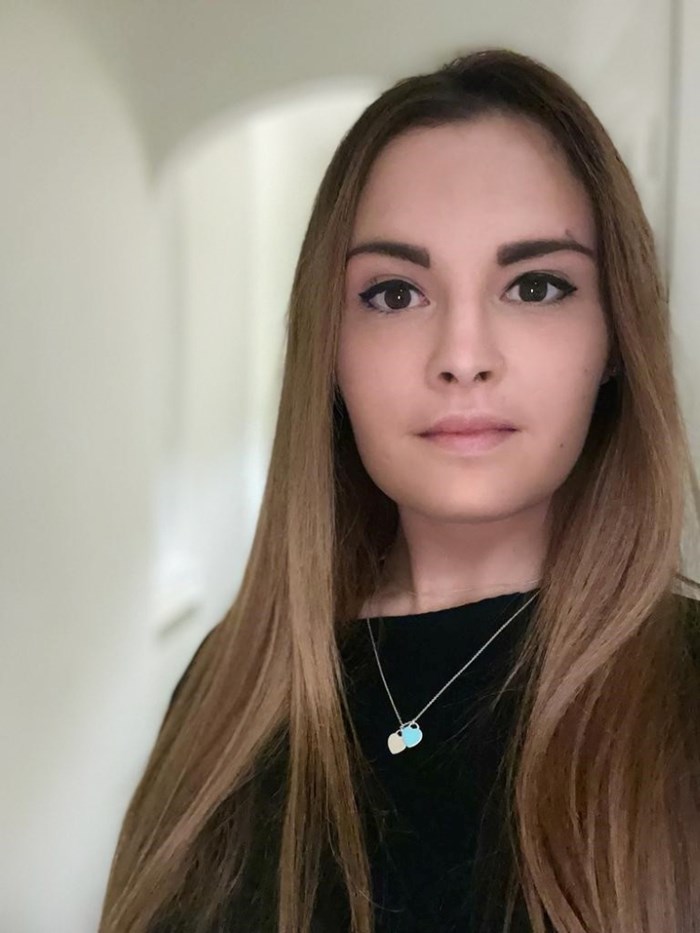Plastic surgery residency in Italy: The numbers – and the people behind the system

The path to becoming a plastic surgeon in Italy is long and challenging – as is the case in most, if not all, countries. After graduating from medical school – which is a numerous clausus (closed number) course that lasts six years – students acquire the title of medical doctor. To be subsequently accepted at a residency program, they must pass the entrance examination held annually on the same day throughout the country. The exam comprises a score for the candidate's qualifications (graduation mark and publications: maximum 7 out of 147 points), and a score obtained in a national multiple-choice test (140 questions, maximum 140 out of 147 points). A ranking is drawn upon the basis of the final score and, according to the position in their ranking, the candidates choose their desired program among the available slots.
The number of slots available for every program is fixed annually by a Ministry of University and Research decree, taking into account the predicted national requirement. The competition for plastic surgery is insane; every year, plastic surgery resides in the top three of the most-desired specializations, but the slots are limited. For example, in 2021 there were 88 slots out of 13,400 overall. Plastic surgery residency lasts five years and there are currently 20 accredited schools in the country. The number of residents per year per school ranges from one to 12, depending on the size of the university and of the hospitals attached. The core-curriculum is not standardized and the regulations of the various schools differ between universities, but they're substantially in line with European Union standards.
At the school of plastic surgery, the trainee surgeons cover a program of formal lessons, ward-based activities, outpatient clinics and progressively difficult operations. Practical training is carried out on a rotation basis in the various general surgical units attached to the school. Moreover, the residents have the opportunity to spend up to 18 months in departments outside the training network, either in Italy or abroad, which is a huge chance to deepen the knowledge in specific fields that might be neglected during the program and that can be hard to explore, due to the lack of Fellowship opportunities in Italy and in Europe. Finally, the Italian Society of Reconstructive and Plastic Surgery (SICPRE) has a specific section dedicated to trainees and provides scholarships, books, webinars, articles and some free registration to courses and meetings.
Residents are evaluated every year through a theoretical and practical exam. At the end of five years, they acquire the title of specialist with a dissertation. This diploma can be complemented by a certificate of special interest in a plastic surgery subspecialty (breast, head and neck, etc.) that describes the resident's expertise and skills in the field.
This is briefly how the system works. Still, there remains room for improvement. Every year, all residents are required to complete a mandatory and anonymous survey about the education they're receiving. This tool is useful to monitor the quality of the programs and to verify that every school meets the required standards. The results are published on the Ministry of University and Research website. The following is a brief overview regarding plastic surgery outcomes:
- Overall satisfaction about the program was judged 6 out of 10
- The level of education that residents thought they had achieved according to their goals was assessed 6 out of 10
- 93 percent of the respondents claimed that plastic surgery was the career they wanted to pursue; 44 percent would enroll in the same program, whereas 42 percent would again choose plastic surgery but at a different school
- 90 percent of residents declared that annual leaves and holidays are planned and respected, but 48 percent are asked to work beyond the scheduled hours
- Formal educational activities were provided to 71 percent of the respondents but were judged satisfactory only by 21 percent of them. Tele-education during the pandemic emergency was activated for 63 percent of them, and 52 percent argued that this modality should be continued in subsequent ordinary situations
- Rotations in the training network were arranged in 52 percent of the cases and were considered appropriate by 29 percent of the residents
- The overall satisfaction for practical activities (number and assortment of surgical cases, autonomy achieved) was assessed 6.7 out of 10
- 4 percent of the respondents participated in research activities, and the overall satisfaction of their involvement was 7 out of 10
Pursuing a residency in plastic surgery is challenging in Italy, as in most of countries, but it's worth it. Unfortunately, in the current selection process, very little importance is given to the background of the candidate. Residency programs are in general valid, and the trainees can make up for possible deficiencies by spending months during residency in other hospitals in Italy – or even abroad.
Dr. Zena is PGY-4 equivalent at the University of Genoa's San Martino Hospital, Italy.